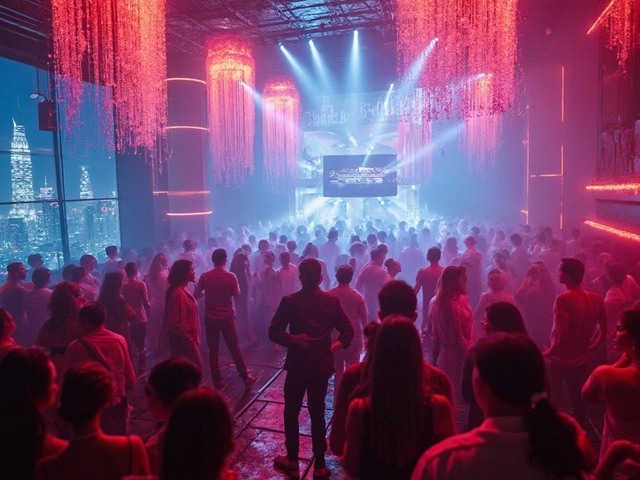Architectural History of Dubai: A Journey Through Time
When you think of Dubai, the first thing that pops up is the Burj Khalifa or the glittering Palm Jumeirah. But the city’s story started long before steel and glass. Understanding Dubai’s architectural history helps you see why the skyline looks the way it does today.
In the early 1900s, most homes were made of coral stone, mud bricks, and wood. The most recognizable feature from that era is the barjeel – a wind tower that cools interior spaces without electricity. These towers dot the old Al Fahidi neighbourhood and still work as a reminder of clever, low‑tech design.
From Traditional to Colonial Influence
When the British arrived in the 19th century, new building styles slipped in. Simple stone houses gave way to structures with larger windows and higher ceilings, meant to keep rooms cool in the desert heat. The Al Maktoum Palace, built in the 1960s, blends traditional motifs with a modern layout, showing how local rulers adapted foreign ideas while keeping a cultural identity.
Oil wealth in the 1970s sparked a construction boom. Suddenly, concrete became the material of choice. The first skyscraper, the Dubai World Trade Centre, rose in 1979 and set the tone for a city that would chase height like never before.
Modern Icons and the Future Skyline
Fast forward to the 2000s, and Dubai’s skyline is a playground for architects from around the world. The Burj Khalifa, designed by Adrian Smith, pushes engineering limits while drawing on Islamic patterns for its façade. Nearby, the twisting Cayan Tower (also known as the Infinity Tower) shows how designers use geometry to create eye‑catching silhouettes.
But it’s not just about tall towers. Projects like the Museum of the Future combine curvy forms with sustainable tech, proving that Dubai is now looking at how buildings can be both striking and environmentally friendly.
The city also respects its roots. The Al Seef district revives the creek‑side vibe of old Dubai, using arches, wooden screens, and narrow lanes to recreate a historic feel while offering modern comforts.
For visitors, walking through Al Fahidi Historic District gives a quick lesson in how wind towers, narrow alleys, and courtyards kept families comfortable before air‑conditioning existed. Each building tells a story of adaptation, trade, and the desire to blend tradition with progress.
In short, Dubai’s architectural history is a mash‑up of desert ingenuity, colonial touches, oil‑driven ambition, and cutting‑edge design. Knowing this timeline helps you appreciate why a city that once relied on simple coral houses now boasts the world’s tallest tower.
Next time you stand beneath a skyscraper, remember the wind towers that once cooled the same desert air. The past and the future sit side by side in Dubai’s streets, reminding us that great design always builds on what came before.
Iconic Buildings in Dubai That Changed Architectural History
Discover the most iconic buildings in Dubai that have shaped the city's architectural legacy. See how these marvels continue to redefine skylines and inspire future design.




